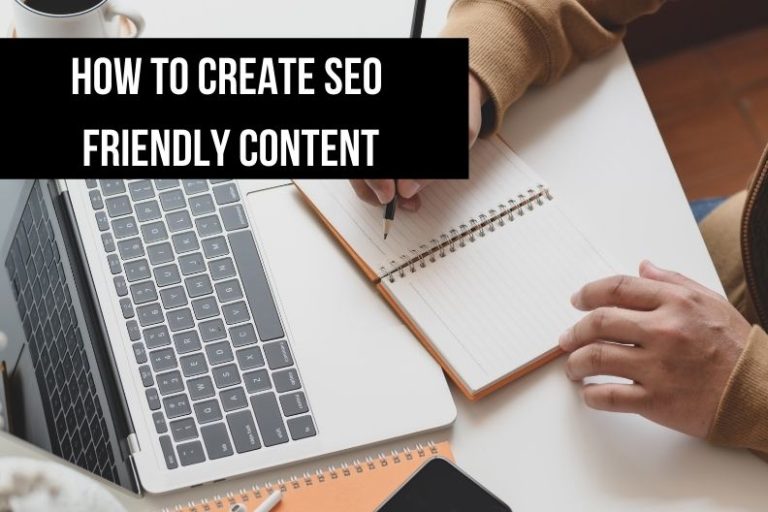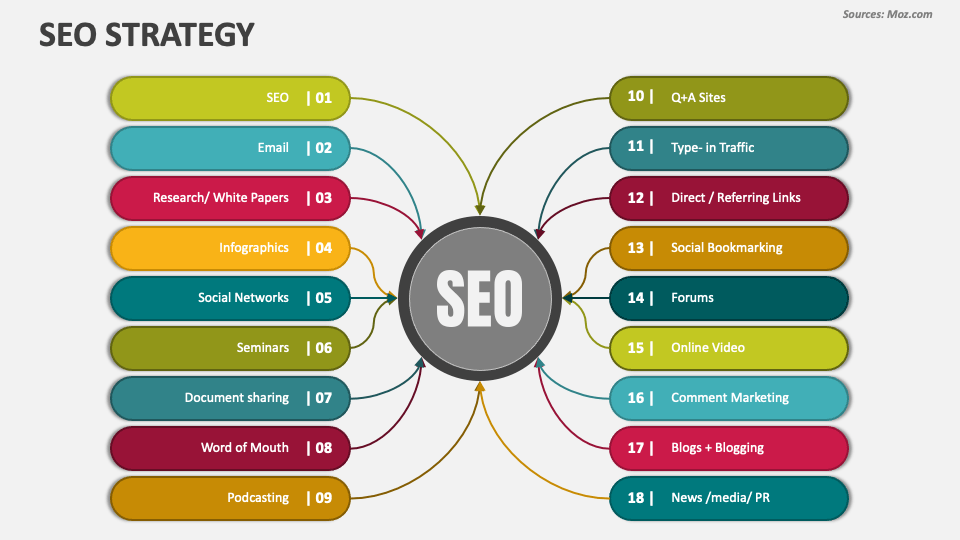How to Create SEO-Friendly Content for a Business Blog

In the vast digital landscape, your business blog is akin to a lighthouse, guiding potential customers to your shores. But how do you ensure that your beacon shines brightly enough to be seen? The answer lies in creating SEO-friendly content that not only engages your audience but also pleases the search engine algorithms. Let's dive in and explore how you can transform your business blog into an SEO powerhouse.
Understanding SEO: The Bedrock of Your Strategy
Before we delve into the specifics of creating SEO-friendly content, it's crucial to understand what SEO (Search Engine Optimization) is. Think of SEO as the architect of your digital presence. It ensures that your blog is not just a beautiful structure but one that is easily discoverable and accessible. SEO involves optimizing your content so that search engines like Google can understand it better and rank it higher in search results.
Why SEO Matters for Business Blogging
In today's competitive online environment, SEO is not just a luxury; it's a necessity. Effective SEO strategies can drive organic traffic to your blog, increase your brand's visibility, and ultimately convert readers into customers. By optimizing your content, you're essentially telling search engines, "Hey, look at me! I have valuable information that your users will love."
Crafting SEO-Friendly Content: The Essentials
1. Keyword Research: The Foundation of Your Content
Keywords are the building blocks of your SEO strategy. They are the terms and phrases that your target audience uses when searching for information related to your business. To create SEO-friendly content, you need to identify the right keywords and incorporate them naturally into your blog posts.
How to Conduct Keyword Research
Start by brainstorming a list of potential keywords related to your business. Use tools like Google Keyword Planner, SEMrush, or Ahrefs to find relevant keywords with high search volume and low competition. Remember, the goal is to find keywords that your target audience is actively searching for.
2. Optimizing Your Content: The Art of SEO Writing
Once you have your keywords, it's time to optimize your content. SEO writing is about balancing the needs of search engines with the needs of your readers. Here are some tips to help you master the art of SEO writing:
Use Keywords Naturally
Avoid keyword stuffing at all costs. Instead, incorporate your keywords naturally into your content. Aim for a keyword density of about 1-2% to ensure that your content remains readable and engaging.
Write for Your Audience
While keywords are important, your primary focus should be on creating valuable content that resonates with your audience. Write in a friendly and professional tone, using personal pronouns to engage your readers. Keep your sentences short and use the active voice to maintain a conversational style.
Use Headings and Subheadings
Structure your content with clear and concise headings and subheadings. Use H1 tags for your main title, H2 tags for section headings, and H3 tags for subsections. This not only makes your content easier to read but also helps search engines understand the hierarchy of your information.
3. Content Optimization: Beyond the Written Word
Optimizing your content goes beyond just the text. Here are some additional elements to consider:
Meta Tags and Descriptions
Meta tags and descriptions provide search engines with a summary of your content. Make sure to include your primary keyword in your meta title and description. Keep your meta description concise and compelling to entice users to click through to your blog.
Internal and External Links
Internal links help search engines understand the structure of your website and can improve your site's overall SEO. External links to authoritative sources add credibility to your content and provide additional resources for your readers.
Images and Alt Text
Images can enhance the visual appeal of your blog posts and improve user engagement. Make sure to optimize your images with descriptive file names and alt text that includes your primary keyword.

Advanced SEO Techniques: Taking Your Content to the Next Level
1. Latent Semantic Indexing (LSI) Keywords
LSI keywords are terms and phrases that are semantically related to your primary keyword. Incorporating LSI keywords into your content can help search engines understand the context of your blog post and improve its relevance.
How to Find LSI Keywords
Use tools like LSIGraph or Google's "Searches related to" feature to find LSI keywords. Include these keywords naturally in your content to enhance its SEO value.
2. Structured Data and Schema Markup
Structured data and schema markup provide search engines with additional context about your content. By implementing structured data, you can improve the visibility of your blog posts in search results and increase click-through rates.
Types of Structured Data
Common types of structured data include article schema, author schema, and breadcrumb schema. Use tools like Google's Structured Data Markup Helper to add structured data to your blog posts.
3. Mobile Optimization
With the increasing use of mobile devices, it's crucial to ensure that your blog is mobile-friendly. Mobile optimization not only improves user experience but also boosts your SEO rankings.
Tips for Mobile Optimization
Use responsive design to ensure that your blog looks great on all devices. Optimize your images for mobile viewing and avoid using intrusive pop-ups that can disrupt the user experience.

Conclusion: Embrace the Power of SEO-Friendly Content
Creating SEO-friendly content for your business blog is not just about pleasing search engines; it's about providing value to your readers. By conducting thorough keyword research, optimizing your content, and implementing advanced SEO techniques, you can transform your blog into a powerful marketing tool.
Remember, SEO is an ongoing process. Continuously monitor your blog's performance, update your content, and stay informed about the latest SEO trends. With dedication and the right strategies, you can watch your blog's traffic soar and your business thrive.
FAQs
What is the ideal length for a blog post? The ideal length for a blog post depends on your audience and the topic. However, studies show that longer blog posts (1,500-2,000 words) tend to perform better in search results.
How often should I update my blog? Consistency is key when it comes to blogging. Aim to publish new content at least once a week to keep your audience engaged and improve your SEO rankings.
What are the best tools for keyword research? Some of the best tools for keyword research include Google Keyword Planner, SEMrush, Ahrefs, and Moz. These tools provide valuable insights into keyword search volume, competition, and related terms.
How can I measure the success of my SEO efforts? Use tools like Google Analytics and Google Search Console to track your blog's performance. Key metrics to monitor include organic traffic, bounce rate, time on page, and conversion rates.
What are some common SEO mistakes to avoid? Common SEO mistakes include keyword stuffing, ignoring mobile optimization, neglecting internal linking, and failing to update old content. Avoid these pitfalls to ensure the success of your SEO strategy.
By following these guidelines and staying committed to your SEO efforts, you can create a business blog that not only attracts but also retains a loyal and engaged audience. Happy blogging!
Belum ada Komentar untuk "How to Create SEO-Friendly Content for a Business Blog"
Posting Komentar